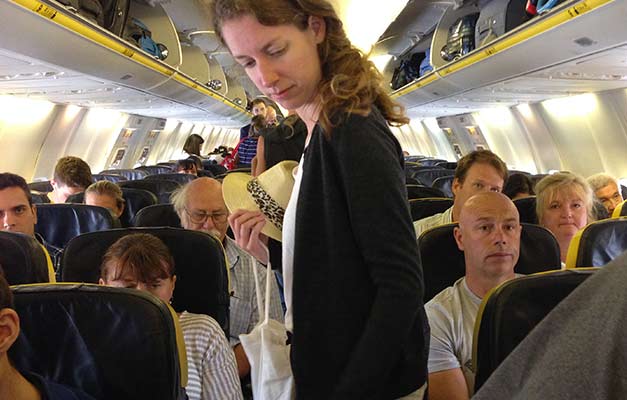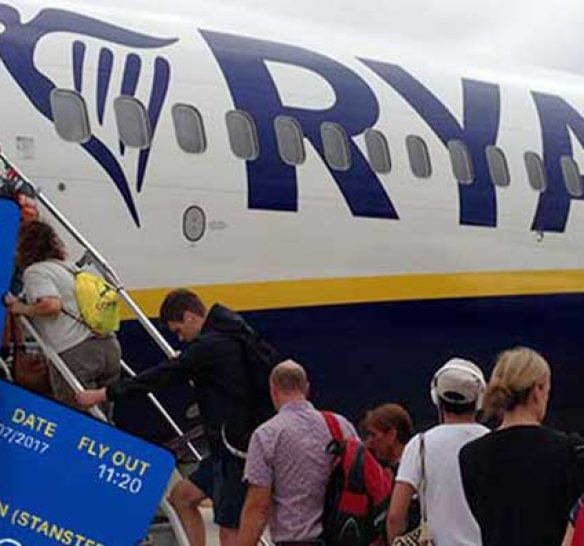Ryanair’s splintered customer experience – will it take off?
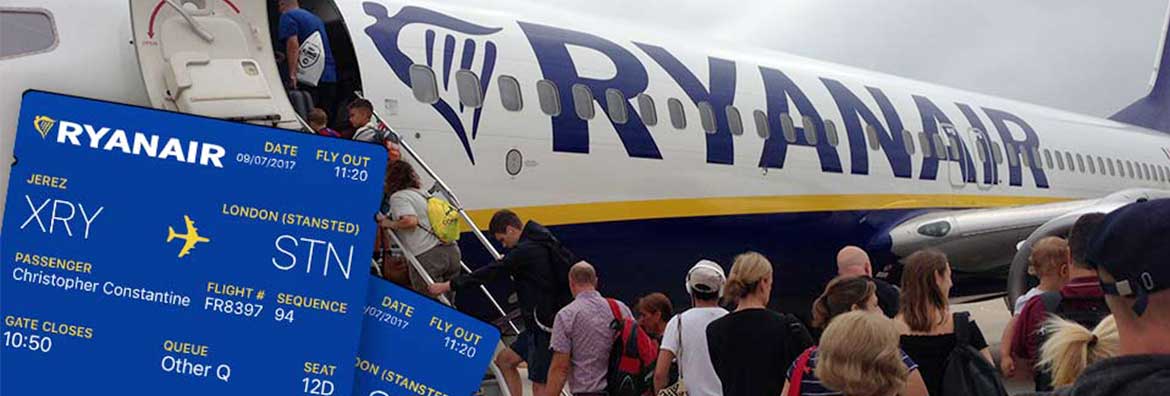
The airline Europe loves to hate opened another chapter in its Guide to Customer Experience this summer. Subtitled ‘How to really piss people off’, Ryanair’s approach to CX has always been questionable.
The budget airline’s CEO Michael O’Leary famously said “People say the customer is always right, but you know what – they’re not. Sometimes they are wrong and they need to be told so”.
In June I took a Ryanair flight with my wife from London Stansted to Jerez in Spain. Like many customers choosing low cost travel, we let the system allocate our seats rather than paying extra to pick our own. Previously we’d almost always have been placed together. This time we got 5E and 17B, Karen with the window seat and me 12 rows back in a middle seat, albeit with copious amounts of leg-room on an emergency exit row. Yet the flight was only three quarters full. On the return leg I had 12D and Karen 24D. Again 12 rows apart.
We weren’t alone. On each flight, groups of friends and families had been splintered by Ryanair’s newly introduced algorithm. The system designed to randomly select seats had been redesigned to randomly select seats in such a way that online check-in messaging such as “Would you prefer to sit next to Karen? There’s still time to change your seat” would extract additional pounds from my holiday budget.
The result was an aircraft of meerkat passengers looking out for loved ones and plotting how 100 of us would shuffle around the moment we hit 36,000 feet. Apart from Karen and I that is; she with her window on a row to herself and me with my legs stretched out.
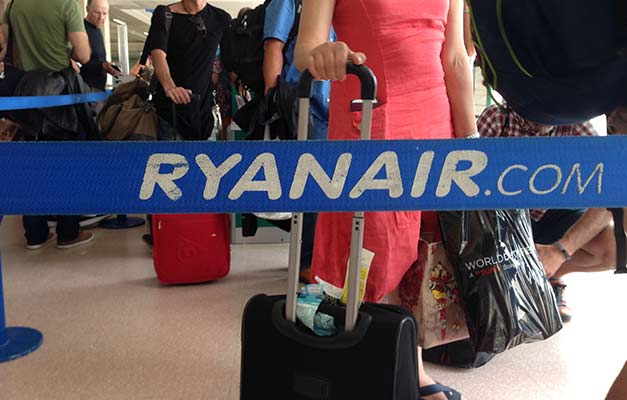
Why do they do this? As the world’s largest budget airline and one that earns £1.3bn with their extra charges, there’s obviously a financial incentive. The operator says nothing has changed and the policy has always been for customers to pay for the seats they want.
However, the customer experience has changed. Ryanair has re-introduced high stress levels for passengers that were last experienced when no seats were allocated by the budget brands and a scrum at the gate for boarding could only be avoided if you paid extra for priority boarding. The policy was designed to speed the boarding process and help the airlines meet their 25 minute turnaround times.
In 2012, after trialing allocated seats, rival airline, EasyJet realised the turnaround time could still be achieved and customer satisfaction increased. Revenues would now come from selling customer-selected seats with a pricing scale based on location and legroom. Ryanair followed suit.
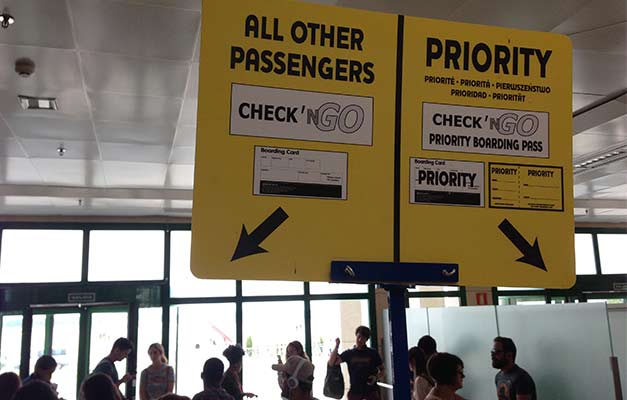
Then the online blogs started offering advice on how to get your chosen seats without paying the extra. It’s all down to understanding the allocation algorithm and timing your check-in. But 70% of passengers didn’t care. As long as they sat together they were happy and that was normally possible if you checked-in in good time.
So today, with customer satisfaction visibly nose diving, one would expect to see a reversal of policy or change of algorithm. In fact, with CX high on most companies’ agendas, one would have expected this to have been piloted, the poor user experience noted and it not have been implemented further. But this is Ryanair. This is a classic example of business requirements (revenue) versus user needs (stress free budget travel), where the business hasn’t considered the user.
Unfortunately, many designs, whether they be products, services, digital or physical do not have the user experience at their heart. They are not tested and they fail.
To be fair to Ryanair and their new seating allocation system, perhaps they expect passengers will get used to sitting apart. These are short haul flights after all. Maybe they did do some user testing and, after the initial shock, customers who have spent two weeks in each other’s company actually appreciate 2 hours 20 minutes sat twelve rows apart. Who knows, the likes of EasyJet may be watching closely and sitting with strangers could become the low-cost norm.
